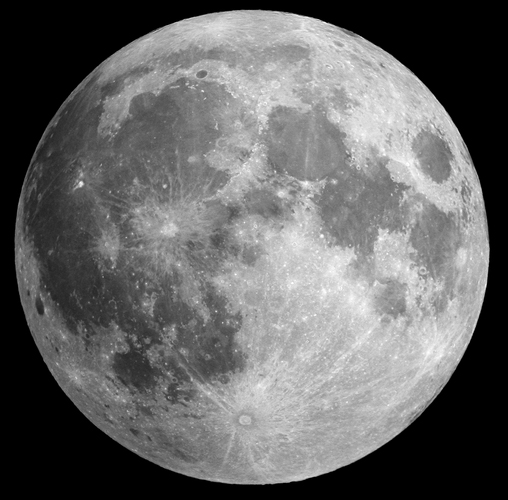
India’s first lunar landing mission, Chandrayaan-2, lifted off at 2:43 pm IST on July 22 (July 21, 21:13 GMT) atop a Geosynchronous Satellite Launch Vehicle (GSLV) MkIII-M1 rocket from the Indian Space Research Organisation’s (ISRO) Second Launch Pad at Satish Dhawan Space Centre SHAR, Sriharikota, India.
This week’s launch of India’s second lunar mission comes eight days after Chandrayaan-2’s original lift-off date, which was scrubbed due to a rocket malfunction. Consisting of a lunar Orbiter module and the Vikram lander, the spacecraft is currently in a temporary Earth orbit of between 169.7 km (105 mi) and 45,475 km (28,260 mi) in altitude.
According to ISRO, the spacecraft is scheduled to carry out a series of engine maneuvers that will place it into a translunar orbit and is expected to arrive at the Moon on September 7. The Orbiter will then make course corrections to place the craft into a circular orbit at an altitude of 100 km (62 mi) above the lunar surface.
Once on station, Vikram will undock and carry out a series of rocket braking maneuvers that will place it on a trajectory for a soft landing between the craters Manzinus C and Simpelius N at 70° S latitude near the lunar south pole. If all goes well, the lander will then lower a ramp and deploy the Pragyan rover, which will explore the immediate area for 14 Earth days.
Due to Vikram and Pragyan being solar powered, neither is expected to survive the cold lunar night, but the Orbiter will continue to make observations for one year.
